Essential Hair Laser Machine Parts You Should Know
Hair laser machines are sophisticated devices designed to remove unwanted hair through the process of selective photothermolysis. These machines utilize concentrated light energy to target and destroy hair follicles, resulting in long-lasting hair reduction. Understanding the essential parts of a hair laser machine is crucial for both operators and consumers to ensure safe, effective, and efficient hair removal treatments. This article will delve into the key components that make up a hair laser machine, including the laser source, cooling system, treatment head, control panel, and power supply. By exploring these vital elements, readers will gain valuable insights into the inner workings of these advanced devices and appreciate the importance of proper maintenance and operation.
Laser Source
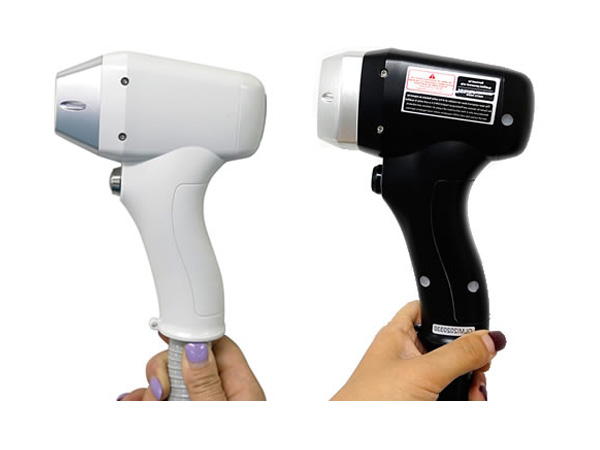
The laser source is the heart of any hair laser machine, responsible for generating the intense light energy that targets hair follicles. Different types of laser diodes are employed in hair removal devices, each with its unique characteristics and applications. The most common laser sources include:
1. Alexandrite: This laser operates at a wavelength of 755 nanometers and is particularly effective for individuals with light to olive skin tones and dark hair.
2. Diode: Diode lasers typically emit light at wavelengths between 800 and 810 nanometers, making them suitable for a wide range of skin types and hair colors.
3. Nd:YAG: With a wavelength of 1064 nanometers, Nd:YAG lasers penetrate deeper into the skin, making them ideal for darker skin tones and coarse hair.
The wavelength of the laser plays a crucial role in determining its effectiveness for hair removal. Shorter wavelengths are more readily absorbed by melanin, the pigment responsible for hair color, while longer wavelengths penetrate deeper into the skin to target the hair follicle. The power output of the laser source directly influences the treatment’s efficacy. Higher power outputs can deliver more energy to the hair follicle, potentially leading to more effective hair removal. However, it’s essential to balance power output with patient comfort and safety to minimize the risk of adverse effects.
Cooling System
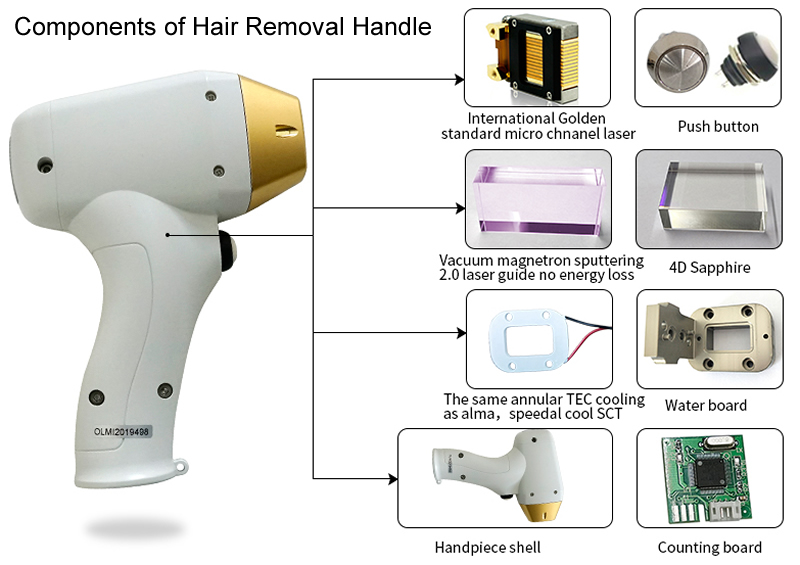
A cooling system is an indispensable component of modern hair laser machines, serving dual purposes: enhancing patient comfort and protecting the skin from thermal damage. The cooling mechanism helps to dissipate heat generated during the treatment, allowing for higher energy levels to be used safely. Two primary types of cooling systems are commonly employed in hair laser machines:
1. Air cooling: This system utilizes a stream of cold air directed at the treatment area before, during, and after laser pulses. Air cooling offers the advantage of being non-contact, reducing the risk of cross-contamination between patients.
2. Contact cooling: This method involves a chilled sapphire or glass tip that comes into direct contact with the skin. Contact cooling provides more efficient heat removal but requires meticulous cleaning between treatments to maintain hygiene standards.
Each cooling system type has its benefits and drawbacks. Air cooling is generally more comfortable for patients and requires less maintenance, but it may not be as effective in heat dissipation as contact cooling. Contact cooling, while more efficient, necessitates careful cleaning and may increase the risk of cross-contamination if not properly maintained.
Treatment Head
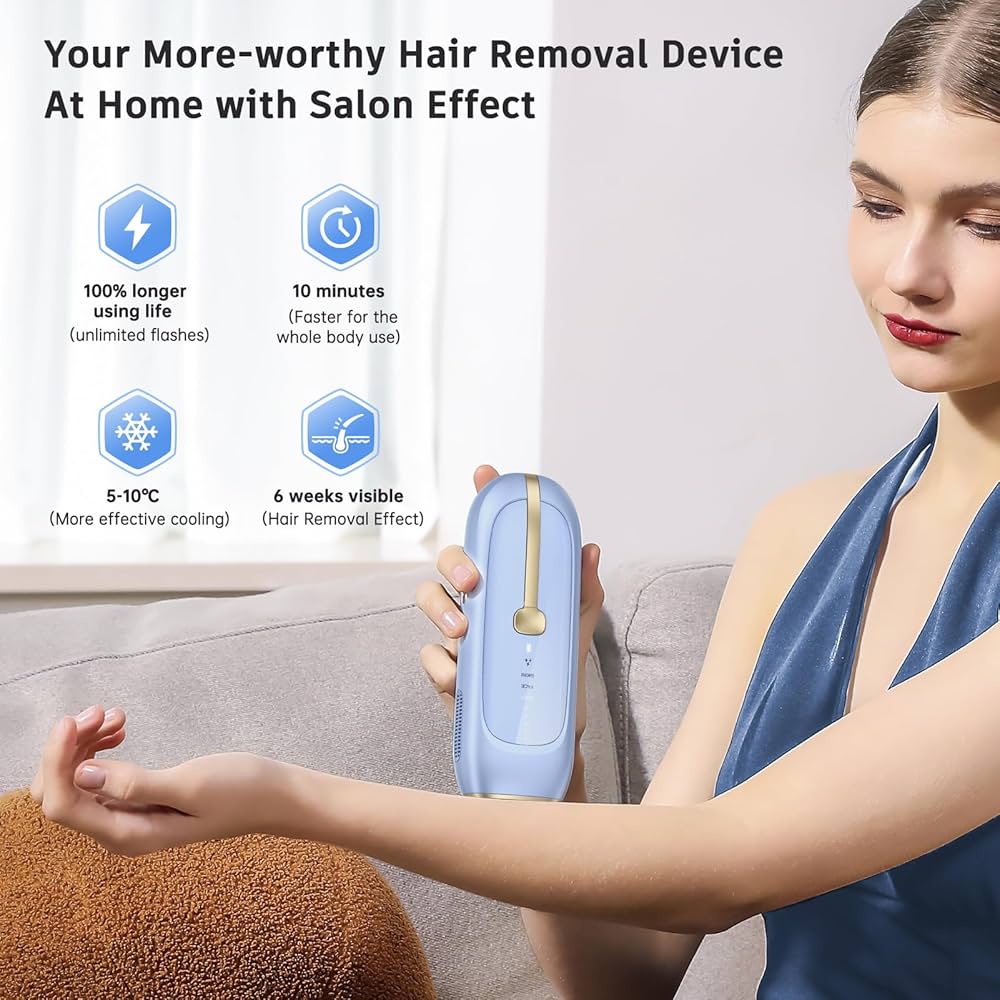
The treatment head is the component that delivers laser energy to the skin’s surface. It houses the laser optics and, in some cases, the cooling mechanism. The design and functionality of the treatment head significantly impact the efficiency and precision of hair removal treatments. Treatment heads come in various sizes and shapes to accommodate different body areas and treatment requirements. Larger treatment heads are suitable for covering expansive areas like the back or legs, while smaller, more precise heads are ideal for treating delicate areas such as the face or bikini line.
Proper maintenance of the treatment head is crucial for ensuring optimal performance and patient safety. Regular cleaning and inspection of the treatment head are essential to prevent the buildup of debris or damage to the optical components. Many modern hair laser machines feature interchangeable treatment heads, allowing operators to quickly switch between different sizes or types to suit various treatment needs.
Table: Common Treatment Head Sizes and Their Applications
| Treatment Head Size | Suitable Body Areas | Advantages |
|---|---|---|
| Large (>12 cm²) | Back, legs, chest | Faster treatment of large areas |
| Medium (5-12 cm²) | Arms, abdomen, shoulders | Versatile for most body parts |
| Small (<5 cm²) | Face, bikini line, underarms | Precise treatment of delicate areas |
Control Panel
The control panel serves as the user interface for the hair laser machine, allowing operators to adjust various treatment parameters and monitor the device’s status. A well-designed control panel is crucial for ensuring safe and effective treatments. Key features of the control panel typically include:
1. Parameter adjustment: Controls for setting pulse duration, power output, and cooling levels to tailor treatments to individual patient needs.
2. Safety features: Emergency stop buttons, system status indicators, and error messages to prevent accidents and ensure proper operation.
3. User profiles: Pre-programmed settings for different skin types and hair colors to streamline the treatment process.
4. Treatment tracking: Capabilities to log and store treatment data for patient records and quality assurance.
The user-friendliness of the control panel is paramount, as it directly impacts the operator’s ability to deliver safe and effective treatments. Intuitive interfaces with clear, easy-to-read displays and logical menu structures can help reduce the likelihood of user error and improve overall treatment outcomes.
Power Supply
A reliable power supply is essential for the consistent and safe operation of hair laser machines. The power supply unit (PSU) converts incoming electrical current into the appropriate voltage and current required by the laser source and other components. Two main types of power supplies are used in hair laser machines:
1. AC (Alternating Current) power supplies: These units draw power directly from the mains electricity supply and are suitable for stationary devices.
2. DC (Direct Current) power supplies: Often used in portable or battery-operated devices, DC power supplies provide a steady, consistent current flow.
Proper maintenance of the power supply is crucial for ensuring the longevity and reliability of the hair laser machine. Regular inspections of power cords, connectors, and internal components can help identify potential issues before they lead to device failure or safety hazards. It’s also important to ensure that the power supply is compatible with local electrical standards and protected against power surges or fluctuations.
In conclusion, understanding the essential parts of a hair laser machine is crucial for both operators and consumers. The laser source, cooling system, treatment head, control panel, and power supply all play vital roles in delivering safe and effective hair removal treatments. By familiarizing themselves with these components, users can better appreciate the complexity of these devices and the importance of proper maintenance and operation. As with any medical or aesthetic device, it’s essential to consult with qualified professionals for guidance on the selection, use, and maintenance of hair laser machines to ensure optimal results and patient safety.

Best Hair Laser Machine is your trusted source for unbiased reviews, expert advice, and community support on your journey to smooth, hair-free skin.
Founded by Emily Harris, a Passionate Advocate for At-Home Hair Removal
Emily Harris, a passionate advocate for at-home hair removal, founded Best Hair Laser Machine after discovering the transformative power of laser technology for herself. Tired of the hassle and expense of traditional hair removal methods, Emily embarked on a quest to find the best at-home laser hair removal devices.
Through extensive research, testing, and personal experience, Emily gained a deep understanding of the market and the technology. She realized that many people were struggling to find reliable information and guidance on choosing the right device for their needs. This realization led her to create Best Hair Laser Machine, a platform dedicated to empowering individuals with the knowledge and resources they need to make informed decisions and achieve their hair removal goals.
Our Mission
At Best Hair Laser Machine, we strive to be your go-to resource for everything related to at-home laser hair removal. Our mission is to:
Provide honest and unbiased reviews of the latest laser hair removal devices, based on rigorous testing and research.
Offer expert advice and guidance on choosing the right device, using it safely and effectively, and troubleshooting common issues.
Foster a supportive community where you can connect with others who are on their hair removal journey, share experiences, and ask questions.
Our Commitment
We are committed to providing accurate, up-to-date, and reliable information about at-home laser hair removal. We believe that everyone deserves to feel confident and comfortable in their own skin, and we’re here to help you achieve that through the power of laser hair removal.
Join Us on Your Journey to Smooth, Hair-Free Skin
We invite you to explore our website, read our reviews, and join our community. We’re excited to be a part of your hair removal journey and help you achieve the smooth, silky skin you’ve always dreamed of.
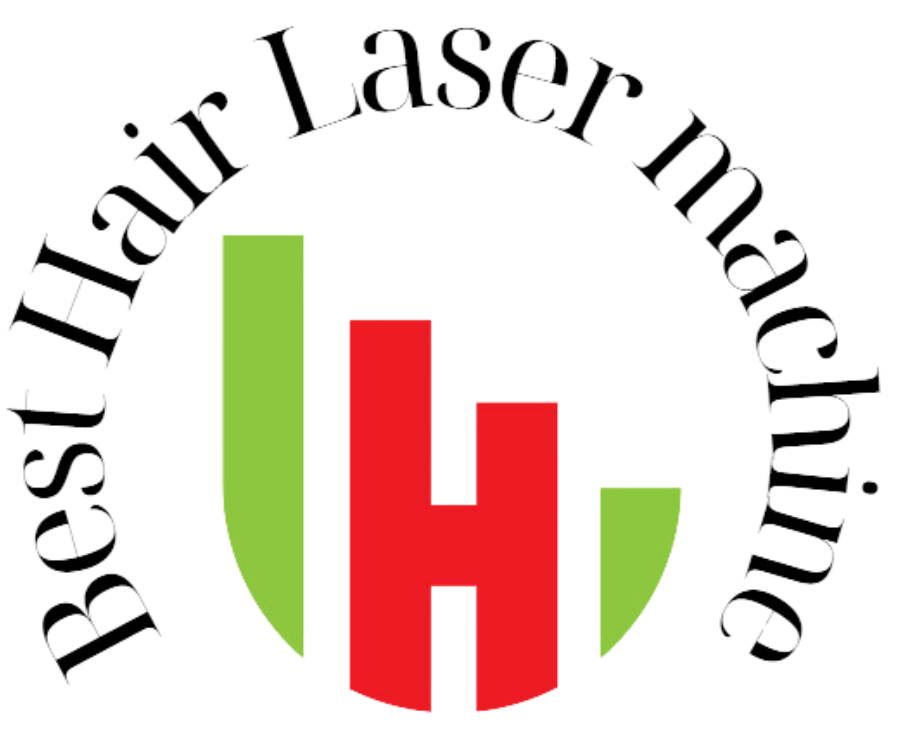


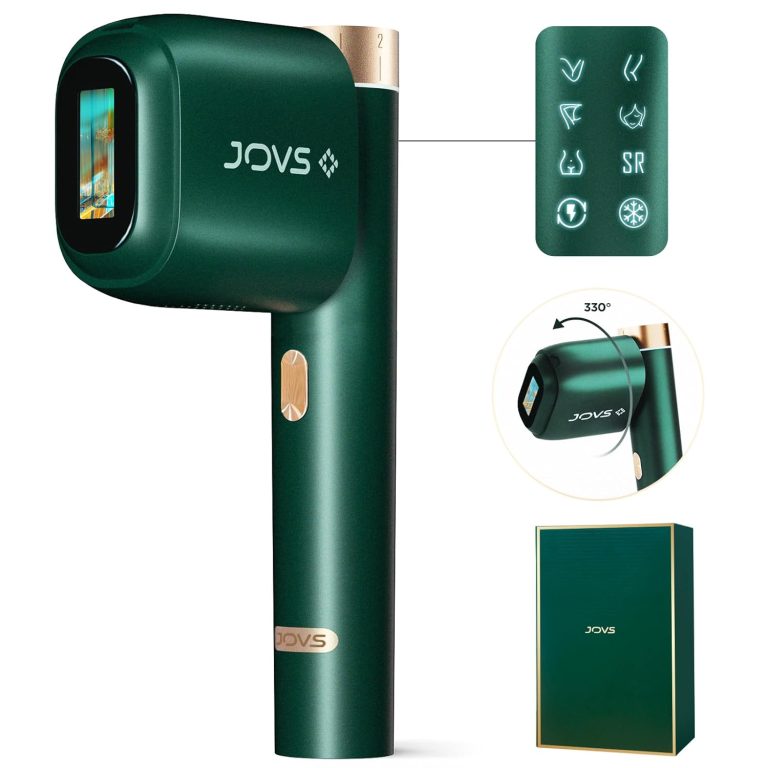



I found the breakdown of the laser sources fascinating! It’s interesting how different wavelengths affect hair removal for various skin types. Can you explain more about how to choose the right laser for specific hair types?
The cooling systems discussed are crucial for patient comfort. I’m curious, which cooling method is generally preferred in professional settings and why?